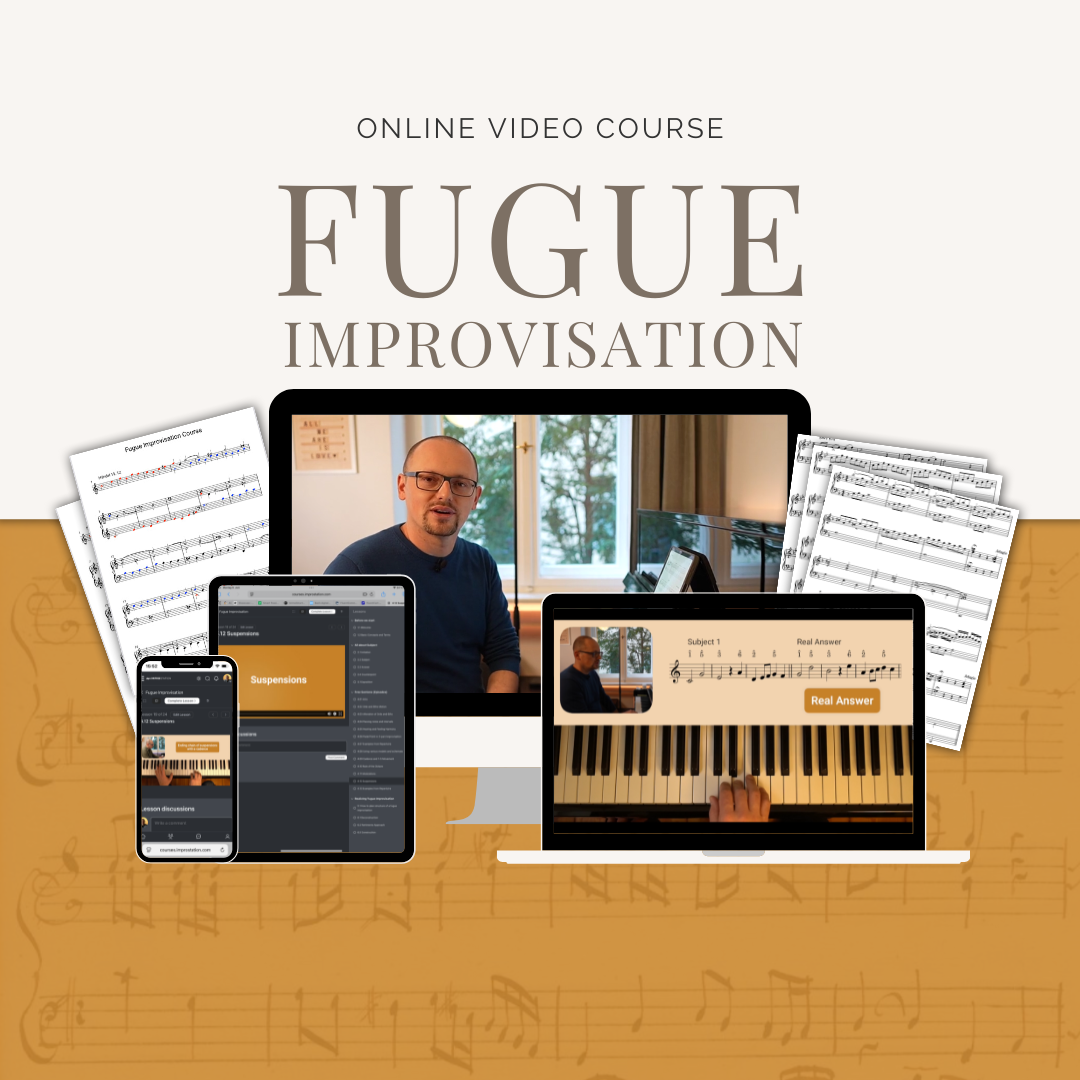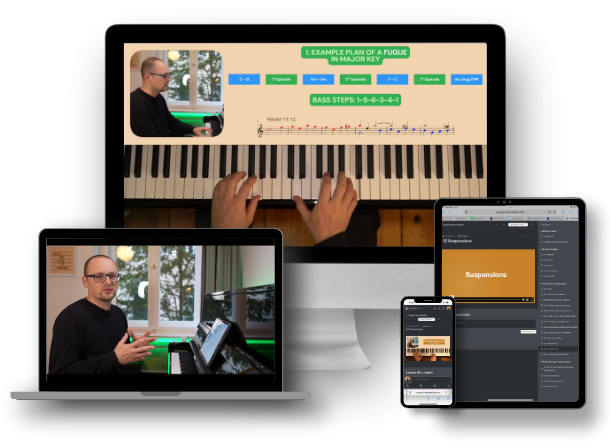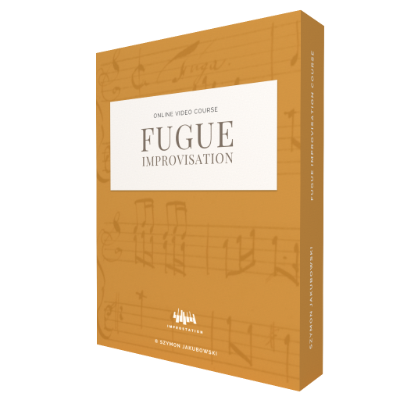Fugue Improvisation Course
Self-paced video course to learn fugue improvisation through routine, reflection, and long-term practice.

Mastery Through Repetition
Improvising a Fugue is one of the most demanding—and rewarding—skills a musician can develop. This course doesn’t promise shortcuts. Instead, it offers a structured, long-term journey through regular exercises and real musical practice.
You go step by step, starting with the simplest ideas. The goal isn’t speed—it’s depth, clarity, and musical confidence.
Fugue Improvisation
Self-paced video course to learn fugue improvisation through routine, reflection, and long-term practice.

deep work. real skills. lasting results.
Trust the Process
Understanding
Discover the core principles of fugue construction and counterpoint. Theory made clear and accessible.
Exploration
Dive into existing short versets, fugettas and fugues. Analyze, imitate, and experiment with structure.
Creation
Take control of your own musical ideas. Improvise fugues from scratch with confidence and style.
course package
What’s Included

try it out
Samples from different lessons
Fugue Improvisation Course Plan
Is This for Me?
Check if this course suits you
Does this sound familiar?
You’ve always wanted to..
Now Imagine If You Could
This Is NOT for You If

Self-paced video course to learn fugue improvisation through routine, reflection, and long-term practice.
FAQ
Frequently Asked Questions
Fugue Improvisation
Self-paced video course to learn fugue improvisation through routine, reflection, and long-term practice.

